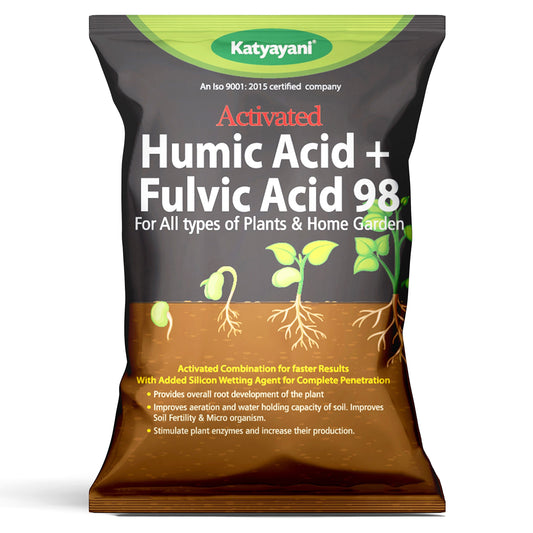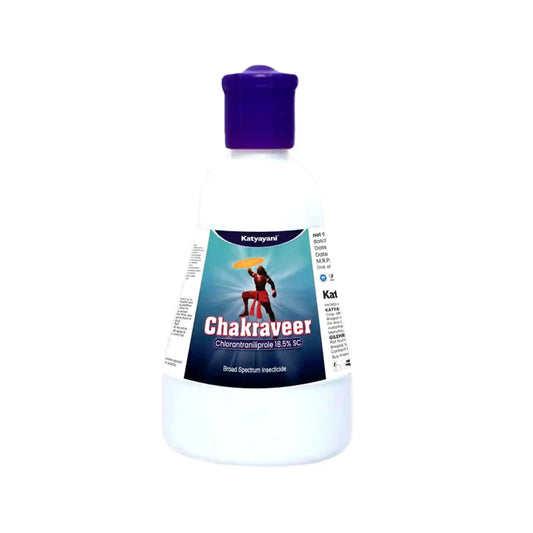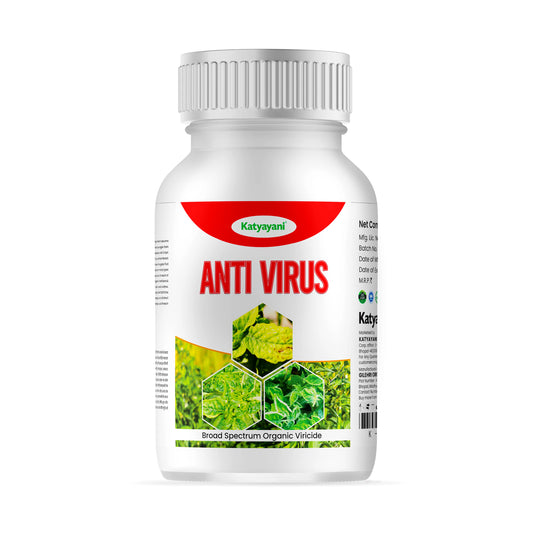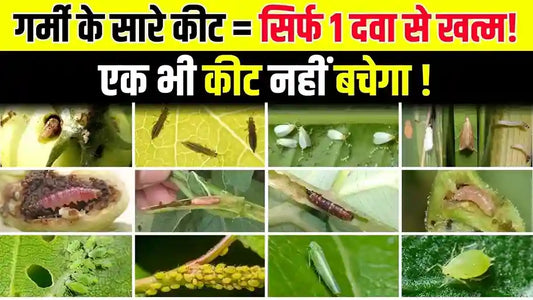The mango mealybug (Drosicha mangiferae) is a major pest of mango trees in Asia, particularly in India. It can cause significant damage to your mango crop. Adult mango mealybugs are small, soft-bodied insects covered with a white, waxy secretion, giving them a cottony appearance. They are usually about 3-4 millimeters in length. The nymphs (immature stages) are smaller and often move around on the plant. Mango mealybugs feed on plant sap by piercing the plant tissues with their stylets and extracting nutrients. Their feeding can weaken the plant, causing stunted growth, leaf yellowing, and, in severe infestations, even plant death. Excessive feeding can also lead to the development of sooty mold on the honeydew excreted by the mealybugs.

- Common Name: Mango Mealy Bug
- Scientific Name: Drosicha mangiferae
- Attacking stage of Pest:
- Major affected states: Punjab, Haryana, Maharashtra, Uttar Pradesh, Karnataka
- Affected parts of plant: Leaves
Stages of Mango Mealy Bug:
- Egg Stage: Females lay hundreds of eggs in cottony sacs at the base of the tree or under bark crevices. These eggs hatch into crawlers in winter, ready to climb and feast.
- Nymph Stage: Crawlers actively climb the tree, targeting tender leaves, shoots, flowers, and young fruits. They suck sap, weaken the plant, and excrete honeydew, attracting sooty mold.
- Adult Stage: Adult females continue feeding and lay more eggs, perpetuating the cycle. Their waxy coating makes them challenging to control.
Favorable factors for Mango Mealy Bug:
- Warm and humid weather: Mango mealybugs prefer temperatures between 25-30°C (77-86°F) and relatively high humidity (70-80%). These conditions promote rapid reproduction and development, leading to faster population growth.
- Frequent rains: Moderate rainfall patterns provide moisture for the bugs and enhance their survival, especially during nymph stages. Excessive or prolonged rain, however, can wash away some mealybugs or attract fungal diseases that affect them.

Initial Symptoms of Mango Mealybug Infestation:
- Presence of nymphs and adults
- Honeydew
- Leaf curling and discoloration
- Stunted growth
- Flower and fruit drop
Severe Symptoms of Mango Mealybug Infestation:
- Heavy sooty mold growth
- Dieback of branches
- Reduced fruit quality
- Overall tree decline
Control measures for Mango Mealy Bug in Mango:
|
Products |
Technical name |
Dosage |
| Chloropyriphos 20 % EC | 500 to 1200 ML Per Ac | |
|
400 to 600 ml / acre |
||
|
750 ml - 1 liter/acre |
||
| Imidacloprid 17.8 % SL |
100 -150 ml per acre |
FAQs Related to Mango Mealy Bug Control
Q. What is the mango mealy bug scientific name?
A. Mango mealy bug scientific name is Drosicha mangiferae, a major pest affecting mango crops.
Q. What are mango mealy bug symptoms?
A. Mango mealy bug symptoms include honeydew secretion, leaf curling, stunted growth, and fruit drop.
Q. How to do mango mealy bug control?
A. Mango mealy bug control includes neem oil, Beauveria bassiana, and chemical sprays like Imidacloprid 17.8% SL.
Q. What is mango mealy bug chemical control?
A. Mango mealy bug chemical control uses Chloropyriphos 20% EC, Imidacloprid 17.8% SL, and other insecticides for effective management.




















